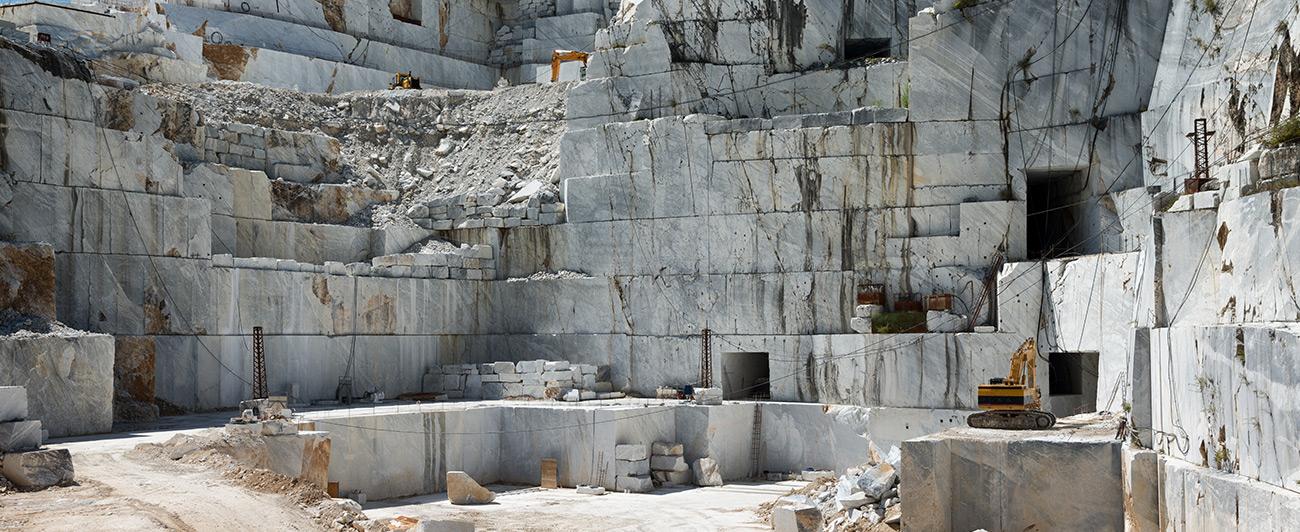
What Is Marble Natural Stone?
Marble is a metamorphic rock that forms when limestone undergoes intense heat and pressure deep within the Earth’s crust. This transformation alters its mineral structure, giving marble its signature crystalline texture and stunning veining.

Key Properties of Marble:
Marble’s light-reflective quality and natural veining bring elegance and depth to interiors, making it an ideal material for countertops, flooring, wall cladding, and decorative accents.
How Marble Is Formed: A Geological Journey
Marble originates from limestone, which forms over millions of years from marine sediments, including coral and shell fragments. When exposed to high temperatures and pressure during tectonic activity, the limestone recrystallizes, transforming into marble.

This metamorphic process creates interlocking crystals and absorbs mineral impurities, which contribute to the wide variety of colors and veining patterns.
No two marble slabs are identical—each is a unique result of geological history, sometimes even containing fossil imprints from its limestone origins.
Types and Colors of Marble Natural Stone
Marble’s visual diversity comes from its mineral content and place of origin. Below are some of the most popular marble types categorized by color.
White marble symbolizes purity, luxury, and minimalism. Its clean appearance and versatility make it highly sought-after for interiors.


Warm and neutral, beige marbles add understated sophistication to interiors.


Bold and dramatic, these marbles add depth and contrast.


Earthy and calming, green marbles offer a strong connection to nature.


Blue varieties provide a dramatic, luxurious effect.


Where Marble Comes From: Global Quarrying Sites
Marble is extracted from quarries around the world, each offering unique stone characteristics.
Famous Marble Quarries:
Marble Processing: From Quarry to Finished Slab
Once quarried, marble blocks go through several processing stages:

Finishing Techniques:
Using Marble Natural Stone in Interior Design
Marble's luxurious aesthetic and natural beauty make it ideal for modern interiors.
Interior Design Trends:


Combining marble with wood, metal, or concrete can balance its cool elegance with warmth and texture.
Installation and Maintenance Tips for Marble
While stunning, marble requires thoughtful installation and care to maintain its beauty.
Installation Tips:
Maintenance Best Practices:
Common Repairs:
Marble Alternatives: Engineered Stones vs. Natural Stone
While natural marble is unmatched in beauty, engineered alternatives are popular for their durability and lower maintenance.
Pros of Engineered Marble (Quartz, Porcelain):
Cons:
If you prioritize authenticity and timeless appeal, natural marble is the ideal choice. For high-traffic or low-maintenance areas, engineered options may be more practical.
Conclusion: Why Choose Marble Natural Stone?
From the quarries of Italy to the interiors of luxury homes worldwide, marble natural stone remains an iconic material. Its beauty, formed over millions of years, delivers unmatched sophistication to any space. Whether you choose classic Carrara or vibrant Verde Guatemala, marble elevates your environment with elegance, uniqueness, and enduring value.
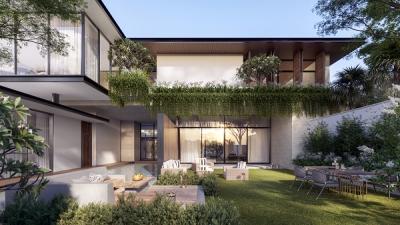
The News 10/11/2025
In the midst of the hustle and bustle of urban life, many Vietnamese families are looking for a different living space – where they can enjoy modernity without being far from nature. Tropical Modern villa architecture is the perfect answer to this need. Not only an aesthetic trend, this is also a smart design philosophy, harmoniously combining technology, local materials and Vietnam's typical tropical climate.
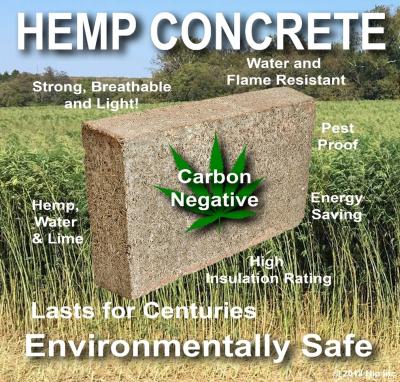
The News 25/10/2025
Hemp-lime (hempcrete) is a non-load-bearing covering material consisting of a hemp wood core (hemp shiv/hurd) combined with a lime-based adhesive, outstanding for its insulation – moisture conditioning – indoor environmental durability; in particular, IRC 2024 – Appendix BL has established a normative line applicable to low-rise housing, strengthening the technical-legal feasibility of this biomaterial.

The News 11/10/2025
Amid rapid urbanization and global climate change, architecture is not only construction but also the art of harmonizing people, the environment, and technology. The Bahrain World Trade Center (BWTC)—the iconic twin towers in Manama, Bahrain—is a vivid testament to this fusion. Completed in 2008, BWTC is not only the tallest building in Bahrain (240 meters) but also the first building in the world to integrate wind turbines into its primary structure, supplying renewable energy to itself [1]. This article explores the BWTC’s structural system and design principles, examining how it overcomes the challenges of a desert environment to become a convincing sustainable model for future cities. Through an academic lens, we will see that BWTC is not merely a building but a declaration of architectural creativity.
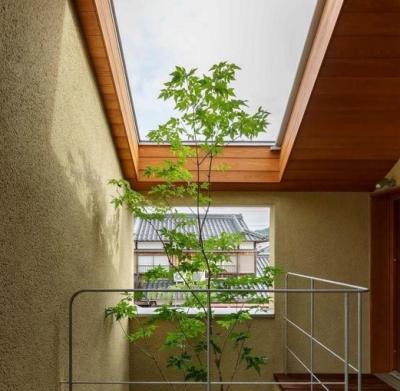
The News 04/10/2025
As buildings move toward net zero architecture and glare free daylighting, traditional glass façades reveal limitations: high thermal conductivity (~0.9–1.0 W/m·K), susceptibility to glare, and shattering on impact. In this context, transparent wood (TW) is emerging as a multifunctional bio based material: it offers high light transmission yet strong diffusion (high haze) to prevent glare, lower thermal conductivity than glass, and tough, non shattering failure. Recent reviews in Energy & Buildings (2025) and Cellulose (2023) regard TW as a candidate for next generation windows and skylights in energy efficient buildings. [1]
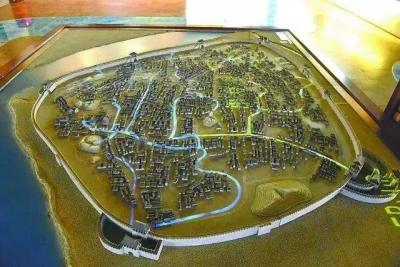
The News 27/09/2025
Urban flooding is one of the greatest challenges of the modern era, when sudden and unpredictable rainstorms can paralyze entire cities. Few would imagine that over a thousand years ago, people had already discovered a sustainable solution: the Fushougou drainage system in the ancient city of Ganzhou, Jiangxi. Built during the Northern Song dynasty, this project remains effective to this day, protecting the city from floods—even during historic deluges. The story of Fushougou is not only a testament to ancient engineering but also a valuable reference for today’s cities seeking answers to water and flooding problems.
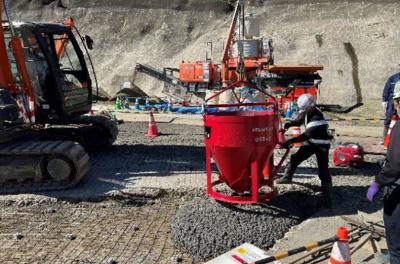
The News 20/09/2025
The construction industry is currently facing immense pressure to reduce carbon emissions, as concrete is not only one of the most widely used materials but also a major source of CO₂ due to its reliance on Portland cement. In response, Shimizu Corporation has conducted extensive research to develop sustainable material solutions aimed at achieving carbon neutrality. One of the most remarkable outcomes is carbon-negative concrete, which partially replaces cement and aggregates with biochar. This biochar is produced from sawdust through a carbonization process and has the unique ability to retain a significant amount of carbon that would otherwise be released into the atmosphere through natural decomposition or combustion. Thanks to this property, carbon-negative concrete not only maintains the necessary mechanical strength for construction but also directly contributes to reducing greenhouse gas emissions. This innovation is considered a promising step that opens new directions for the advancement of green construction in Japan and worldwide.